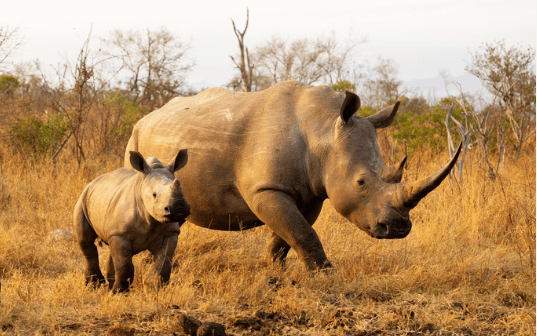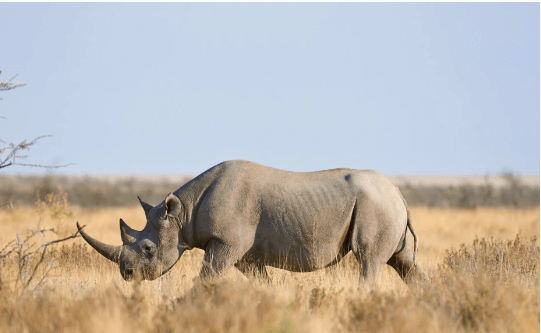Baby:-S2c_Lta9qc= Rhinoceros

The early stages of a Baby:-S2c_Lta9qc= Rhinoceros life present a fascinating juxtaposition of vulnerability and resilience. Baby rhinos, or calves, exhibit unique physical and behavioral traits that are crucial for their survival in a challenging environment. Central to their development is the profound influence of maternal care, which shapes not only their foraging abilities but also their social interactions. Yet, despite these innate strengths, the survival of these young creatures is increasingly jeopardized by human-induced threats. The pressing question remains: what measures can be effectively implemented to safeguard their future against such formidable challenges?
Unique Characteristics of Baby:-S2c_Lta9qc= Rhinoceros
Baby rhinoceroses, often referred to as calves, exhibit several unique characteristics that distinguish them from adults and other juvenile mammals.
Their anatomy, including proportionately larger heads and smaller bodies, enhances their mobility and sensory perception.
Read More Baby:91jr2ozelcq= Golden:Dww-Cc6woxm= Puppy
Social bonding is pivotal during their early development, as calves rely on maternal care and interaction to foster emotional growth, ensuring their survival and integration within the herd.
Behavior of Baby Rhinos in the Wild
In the wild, the behavior of young rhinoceroses reveals essential insights into their development and adaptation strategies.
Through social interactions, Baby:-S2c_Lta9qc= Rhinoceros learn vital skills, such as foraging and navigation.
Maternal bonding is crucial during this formative period, as mothers impart knowledge and protection.
These dynamics not only foster independence but also enhance their resilience in the face of environmental challenges.
Threats to Baby Rhinoceros Survival
Throughout their early lives, rhinoceros calves face a myriad of threats that jeopardize their survival and development.

Habitat loss, driven by human encroachment and agricultural expansion, significantly reduces their natural environments. Additionally, poaching threats pose a critical danger, as calves are often targeted alongside their mothers for their valuable horns.
These challenges necessitate immediate attention to ensure the continuation of this magnificent species.
Conservation Efforts for Baby Rhinos
Recognizing the urgent need for protection, various conservation efforts have been implemented to safeguard baby rhinoceroses and their habitats.
Key initiatives focus on habitat preservation, ensuring that these young animals have access to safe, thriving environments.
Read More Sketch:Jgr9lxsmgmg= Girl Drawing:Avorm_My9se= Drawing Ideas
Additionally, robust anti-poaching initiatives are critical, employing technology and community engagement to deter illegal hunting.
Together, these strategies aim to secure a future for baby rhinos in the wild.
Conclusion
In the delicate dance of survival,Baby:-S2c_Lta9qc= Rhinoceros embody both vulnerability and resilience. Their larger heads symbolize the weight of their potential, while maternal care nurtures their growth amidst a backdrop of adversity. The specter of habitat loss and poaching looms large, casting shadows over their future. Yet, through concerted conservation efforts, a glimmer of hope emerges, reminiscent of dawn breaking over a savannah, promising a renewed chance for these majestic creatures to thrive in their natural domains.




